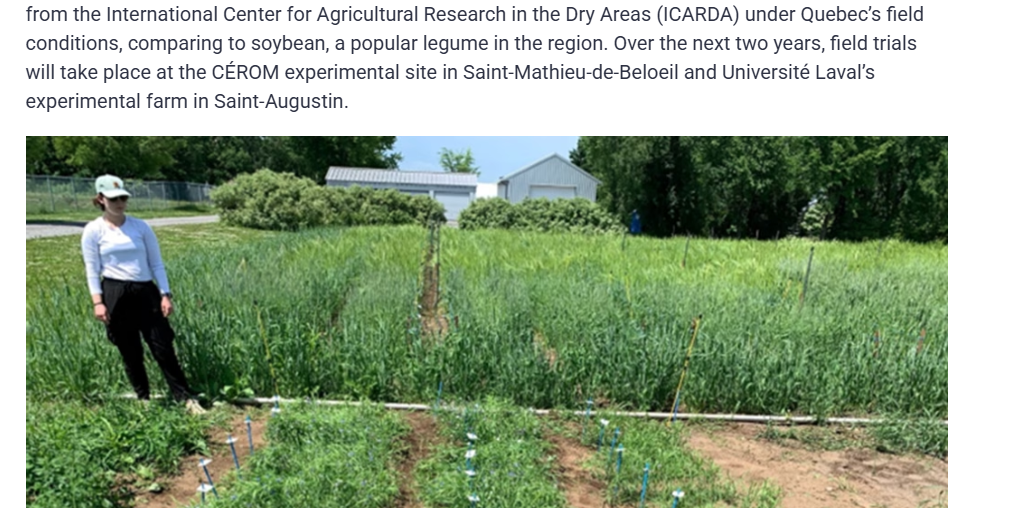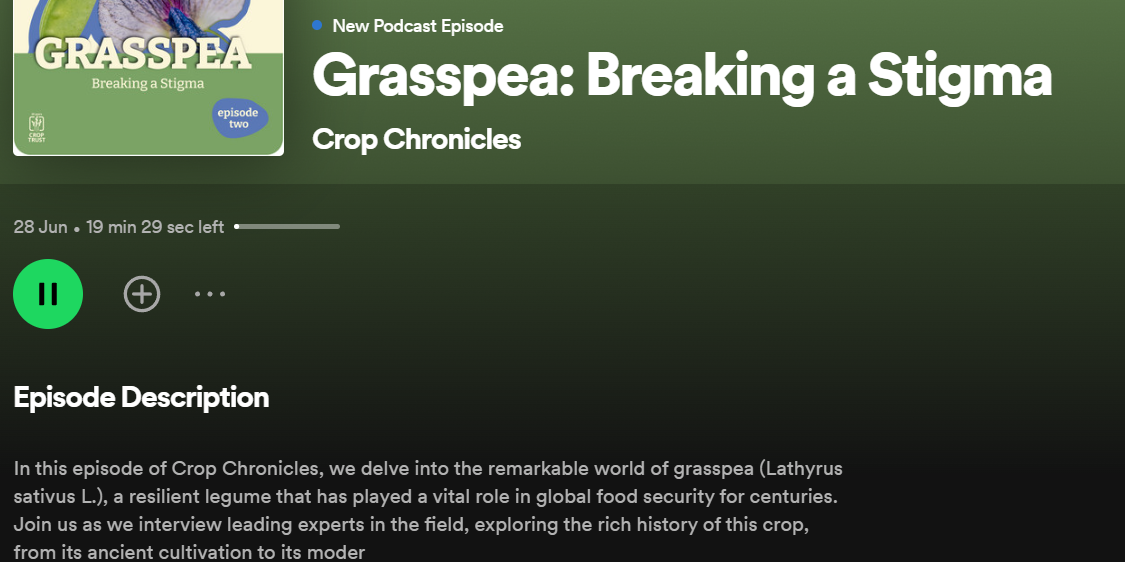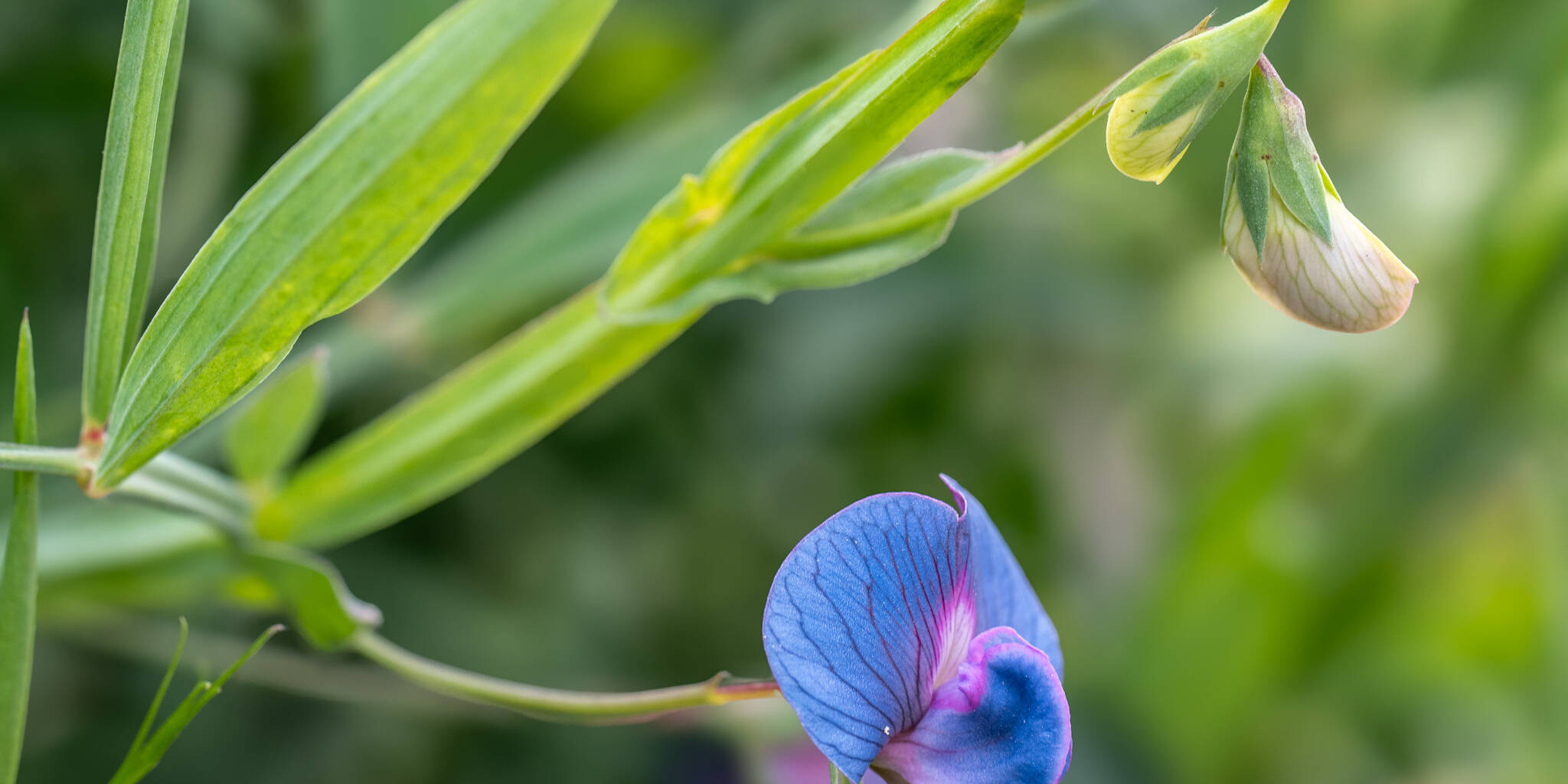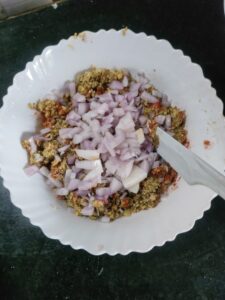 Grasspea, a legume crop commonly grown in South Asia and Sub-Saharan Africa, offers scope for expansion under climate change. Though it is used for preparing many delicious culinary dishes, it has as far as we are aware not been tried to prepare Falafel, a famous food prepared from chickpea and faba bean across the MENA countries. We explore the possibility of using whole grasspea grains instead of more traditional methods. GRASSPEA-FALAFEL has turned out to be nutritionally rich, healthy and very tasty food!
Grasspea, a legume crop commonly grown in South Asia and Sub-Saharan Africa, offers scope for expansion under climate change. Though it is used for preparing many delicious culinary dishes, it has as far as we are aware not been tried to prepare Falafel, a famous food prepared from chickpea and faba bean across the MENA countries. We explore the possibility of using whole grasspea grains instead of more traditional methods. GRASSPEA-FALAFEL has turned out to be nutritionally rich, healthy and very tasty food!
Grasspea-Falafel was made from whole grain and is incredibly cheap to cook which makes it a great filling meal on a budget. It is my opinion that falafel made with grasspea taste better than the more common chickpea falafel. Grasspea’s smooth seed coat cover offers great potential and water uptake took less time (12 h soaking for Falafel making) as compared with chickpea grain (24 h soaking required).
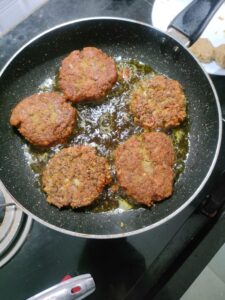 The Grasspea-falafel were made with fresh herbs, onions, coriander leaf, garlic, cumin and Indian spices, which give bright brown colour as well as a fresh and herby flavour due to being deep fried. In terms of texture after, the exterior looks crispy & dry and interior side soft and green colour. After testing the Grasspea-falafel, our taste testers were in awe of this delicious culinary offering.
The Grasspea-falafel were made with fresh herbs, onions, coriander leaf, garlic, cumin and Indian spices, which give bright brown colour as well as a fresh and herby flavour due to being deep fried. In terms of texture after, the exterior looks crispy & dry and interior side soft and green colour. After testing the Grasspea-falafel, our taste testers were in awe of this delicious culinary offering.
As far as nutritional profile of grasspea grain is concerned, it contains protein 25 – 35% that is higher than chickpea (19%), field pea (21%), French bean (20%). Grasspea seeds also contain L-homoarginine (6.26–20.97 g/kg) that is the only known dietary source, which is some say may be useful to help with cardiovascular ailments, hypoxia -Alzheimer’s disease and other memory-related disorders. Therefore, there is need to investigate grasspeas potential beneficial effect on human health.
Maybe we all should include some grasspea in our food!
Written by Surenda Barpete from the International Center for Agricultural Research in the Dry Areas (ICARDA), Amlaha, Sehore, India. @surendrabarpete
